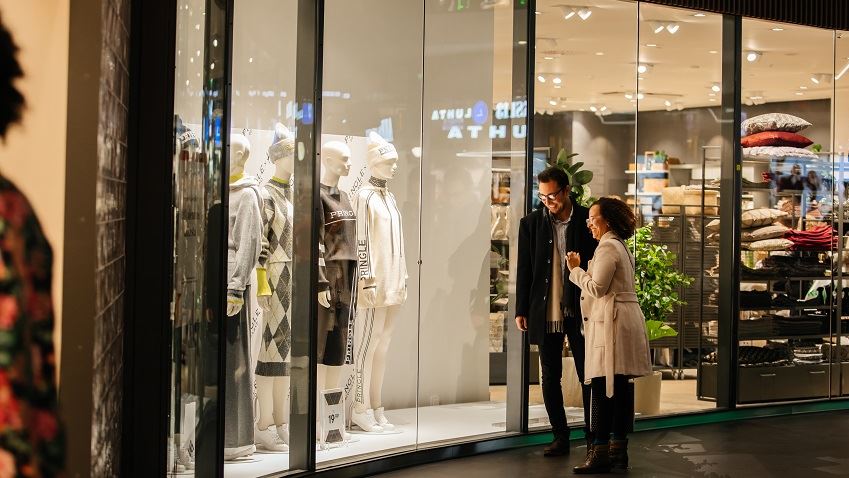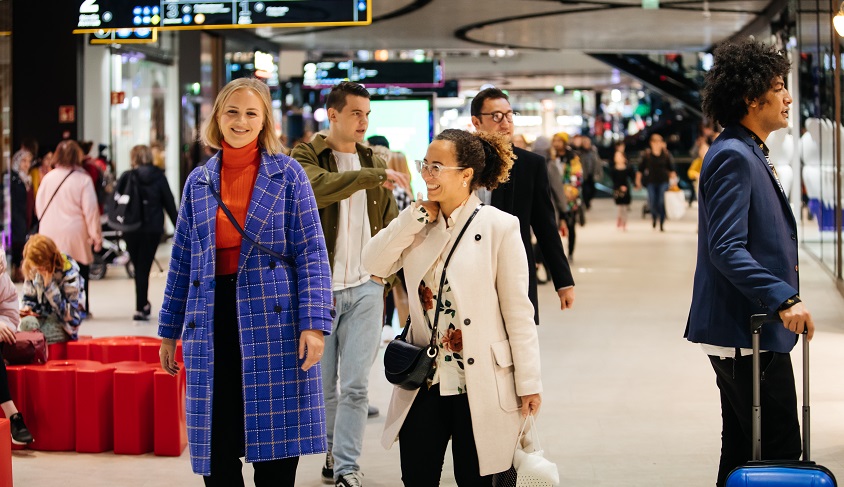Clean transition creates growth for Europe
- Blog
- Retail
- Retail Industry Insights
- 6/10/2021
Customers return with changed expectations
When is the right time to reflect on the lasting effects of the COVID-19 pandemic on the retail and shopping centre sector?

I was reading through the latest issue of Across (The European Placemaking Magazine), which focused mainly on how shopping centres and their tenants can recover from the COVID-19 slump. This is an important question. Recently heard sad stories include the bankruptcy of the T1 shopping centre in Tallinn, which was inaugurated in 2018, and the numerous retail and restaurant businesses struggling to make ends meet in eerily quiet city centres.
Globally, it seems like the pandemic has hit brick-and-mortar stores and city centres even more than shopping centres. Because of the restrictions, people are forced to work from home, which has made business districts less busy. Not going to the office also means not visiting the cafés and restaurants of the city, even if they are open with limited services.
The COVID-19 pandemic has sped up the growth of digitalisation and e-commerce, and they have become part of the everyday life, even here in Finland. This does not only apply to large, well-known chains and shopping centres with established digital tools. Many innovative SMEs who embrace change have opened new web shops and services with excellent results. It is likely that e-commerce will remain at the level it has now reached, and “phygital”, the combination of physical and digital, will become a permanent strategy in retail. The new innovations created during the pandemic will truly be tested in practice when the restrictions are lifted and their use becomes voluntary.
Crisis awareness has become the norm at shopping centres. While shopping centres must implement innovative solutions and be constantly ready to change, they must also offer improved safety. Outdoor retail parks have survived the crisis well, and their customer numbers and profitability have even increased in many countries.
In the Across issue I mentioned above, Ulf Smedberg from IKEA notes that retail parks also attract more investments than indoor shopping centres. People feel safer outdoors, which improves the customer experience at retail parks. Smedberg also talks about the immense need for social encounters and events that can be best satisfied by shopping centres that focus on experiences and restaurant culture. Shopping centres, just like urban centres, are densely built environments that people want to enjoy with all their senses.

So, what should we offer to the customers when the restrictions are finally lifted and the world is at their reach with all its services and experiences? Companies are feverishly trying to predict what post-COVID-19 retail will be like. In a recent interview on Kauppalehti, Jukka Saksi pointed out that instead of exit, we should talk about entry strategies. Instead of returning back to normal after the crisis, we should think about what can be preserved and what replaced in order to create something new and better.
This is also true in the retail sector. The customers will return, but their expectations will by no means be the same as they were in January 2020. In addition to digital expectations, safety and health will be given high priority in all aspects of life. Many shopping centres are planning to build safe zones where customers can rest and relax during shopping. People and customers crave for encounters, but some of the encounters will remain digital, and the share of e-commerce is expected to remain high alongside other business.
It is certain that when employers call their employees back to the office, if not earlier, people will become more socially active elsewhere in life, as well. After months of online shopping, taking a walk in the city centre or buying groceries in a physical shop can feel like a refreshing experience, not to mention buying clothes at a nice shop.
Both shopping centres and investors have turned their gaze towards the future around Europe. For example, the Eurovea hybrid project that combines retail, offices and housing will open in Bratislava and the Prishtina Mall with 114,000 square metres of leasable space in Kosovo next year. In 2023, Unibail-Rodamco-Westfield will open a new shopping centre in Hamburg with retail premises for 200 tenants.
As Walter Seib, CEO of HMSHost International, a company that operates restaurants at international airports, said: “There is no playbook for this situation”.
Pirjo Aalto
What is happening in the retail industry?






